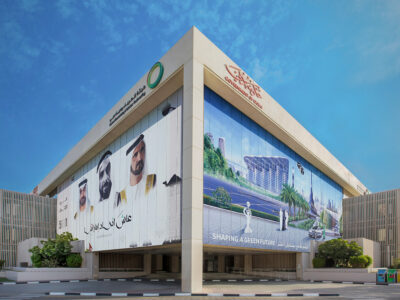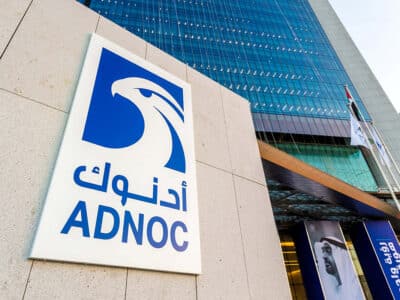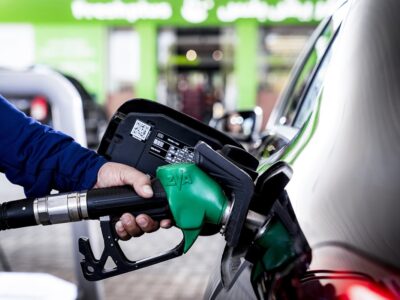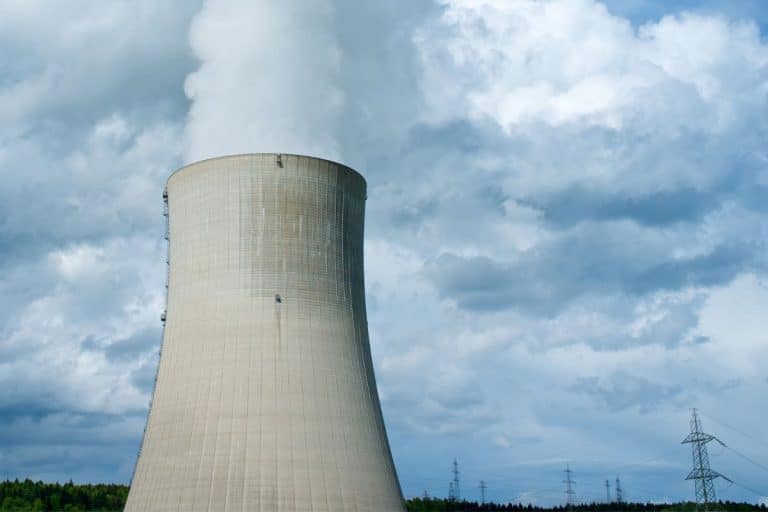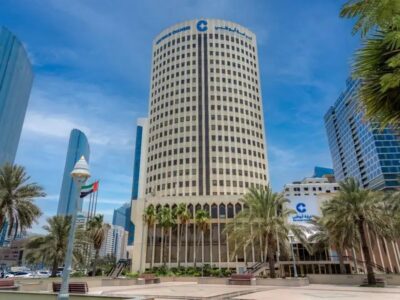The International Energy Agency (IEA) projected more than a doubling of nuclear generation by 2050, with at least 30 countries increasing their use of nuclear power during the period.
The global energy crisis can be a historic turning point towards a cleaner and more secure future, the agency said about the net zero emissions by 2050 scenario in its latest World Energy Outlook (WEO).
The global energy crisis was causing profound and long-lasting changes that have the potential to hasten the transition to a more sustainable and secure energy system, IEA said.
“Today’s energy crisis is delivering a shock of unprecedented breadth and complexity. Energy markets and policies have changed as a result of the Ukraine crisis, not just for the time being, but for decades to come,” IEA executive director Fatih Birol said.
“Even with today’s policy settings, the energy world is shifting dramatically before our eyes. Government responses around the world promise to make this a historic and definitive turning point towards a cleaner, more affordable and more secure energy system,” he said.
In the stated policies scenario (STEPS), global nuclear output increases from 2776 TWh in 2021 to 3351 TWh in 2030 and to 4260 TWh in 2050.
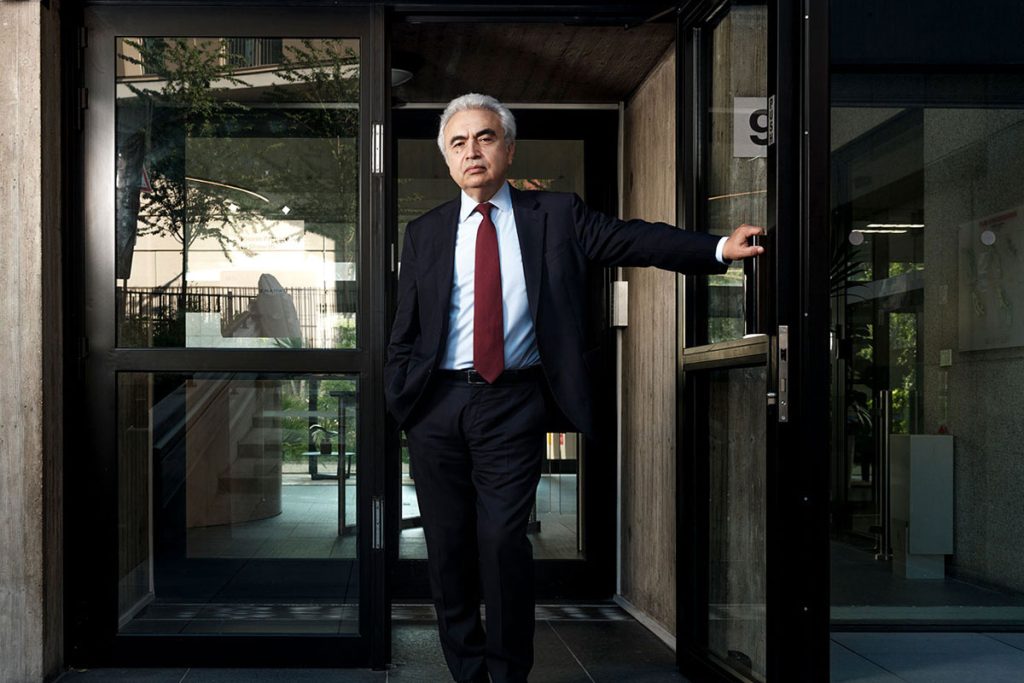
However, nuclear maintains its current share of about 10 percent of total electricity generation. This scenario requires the completion of 120 GW of new nuclear capacity by 2030, as well as the addition of another 300 GW worth of new reactors between 2030 and 2050 in over 30 countries.
In the Net Zero Emissions (NZE) scenario, lifetime extensions in the 2020s help limit global emissions, and an average of 24 GW of capacity added each year between 2022 and 2050 more than doubles nuclear power capacity by 2050.
In this scenario, nuclear generation increases to 3896 TWh in 2030 and to 5810 TWh in 2050. However, nuclear’s share of the electricity mix declines to 8 percent in 2050 due to very strong growth in electricity demand in the NZE scenario.
The IEA notes that while clean energy investment rises above $2 trillion by 2030 in STEPS, it would need to be above $4 trillion by the same date in the NZE scenario.
“Major international efforts are still urgently required to narrow the worrying divide in clean energy investment levels between advanced economies and emerging and developing economies,” it said.
IEA said investment in nuclear power is ‘coming back into favour’ in some countries.
“There have been announcements of lifetime extensions for existing reactors, often as part of the response to the current crisis … there is growing interest in the potential for small modular reactors to contribute to emissions reductions and power system reliability,” it said.
